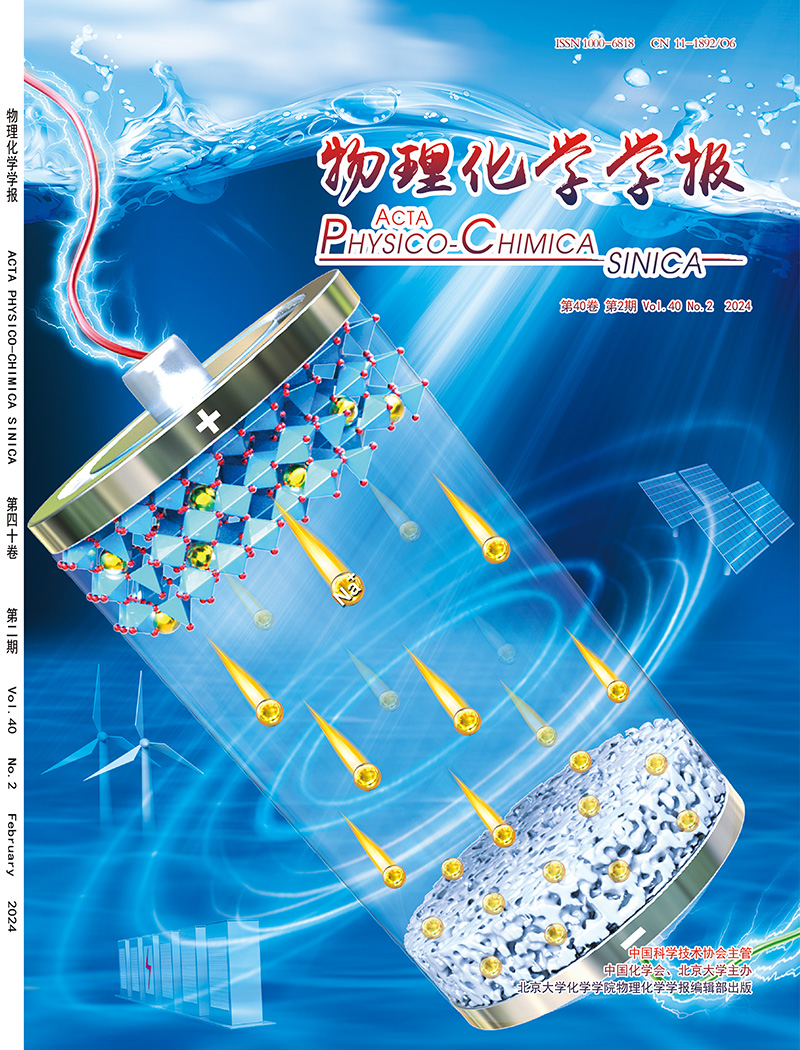3D/2D ReSe2/ZnCdS S-scheme photocatalyst with efficient interfacial charge separation for optimized hydrogen production
IF 13.5
2区 化学
Q1 CHEMISTRY, PHYSICAL
引用次数: 0
Abstract
The rational construction of step-scheme (S-scheme) heterojunctions has been demonstrated as an effective strategy to optimize interfacial charge carrier separation dynamics in semiconductor photocatalysts. In this work, a hierarchical ReSe2/ZnCdS S-scheme heterojunction with well-defined architectures was successfully synthesized via an ultrasonication-assisted synthetic strategy, achieving precise nanostructure control and enhanced interfacial coupling for optimized photogenerated charge dynamics. The disordered nanoflower-like ReSe2 architecture enhances light-harvesting efficiency and the density of surface reaction sites, and significantly suppresses ZnCdS nanoparticle aggregation. The optimized 5 % ReSe2/ZnCdS composite exhibits an exceptional hydrogen evolution rate of 13.96 mmol g−1 h−1 under visible light irradiation, representing a 5.91-fold enhancement over pristine ZnCdS (2.36 mmol g−1 h−1) and outperforming most conventional heterojunction systems. The outstanding photocatalytic performance is attributed to the formation of the ReSe2/ZnCdS S-scheme heterojunction, which promotes the separation of photogenerated electrons and holes, enhancing the photo-redox capacity. Combining in-situ XPS analysis and DFT calculations further conforms the S-scheme charge transfer mechanism at the heterointerface of ReSe2/ZnCdS. Furthermore, Gibbs free energy calculations of hydrogen adsorption confirm that ReSe2 as the predominant catalytic center provides more favorable hydrogen adsorption kinetics than ZnCdS. This work provides a universal framework to design ZnCdS-based S-scheme heterojunctions for high-efficiency photocatalytic hydrogen evolution.

具有高效界面电荷分离的3D/2D ReSe2/ZnCdS S-scheme光催化剂优化制氢
合理构建阶梯结构异质结是优化半导体光催化剂界面载流子分离动力学的有效策略。在这项工作中,通过超声辅助合成策略成功合成了具有明确结构的层次化ReSe2/ZnCdS S-scheme异质结,实现了精确的纳米结构控制和增强的界面耦合,以优化光生电荷动力学。无序的纳米花状ReSe2结构提高了光收集效率和表面反应位点的密度,并显著抑制了ZnCdS纳米颗粒的聚集。优化后的5% ReSe2/ZnCdS复合材料在可见光照射下的析氢速率为13.96 mmol g−1 h−1,比原始ZnCdS (2.36 mmol g−1 h−1)提高了5.91倍,优于大多数传统异质结体系。优异的光催化性能归功于ReSe2/ZnCdS S-scheme异质结的形成,促进了光生电子和空穴的分离,增强了光氧化还原能力。结合原位XPS分析和DFT计算,进一步证实了ReSe2/ZnCdS异质界面S-scheme电荷转移机理。此外,氢气吸附的吉布斯自由能计算证实,ReSe2作为主要催化中心比ZnCdS具有更有利的氢吸附动力学。这项工作为设计基于zncds的S-scheme异质结提供了一个通用框架,用于高效光催化析氢。
本文章由计算机程序翻译,如有差异,请以英文原文为准。
求助全文
约1分钟内获得全文
求助全文

 求助内容:
求助内容: 应助结果提醒方式:
应助结果提醒方式:


